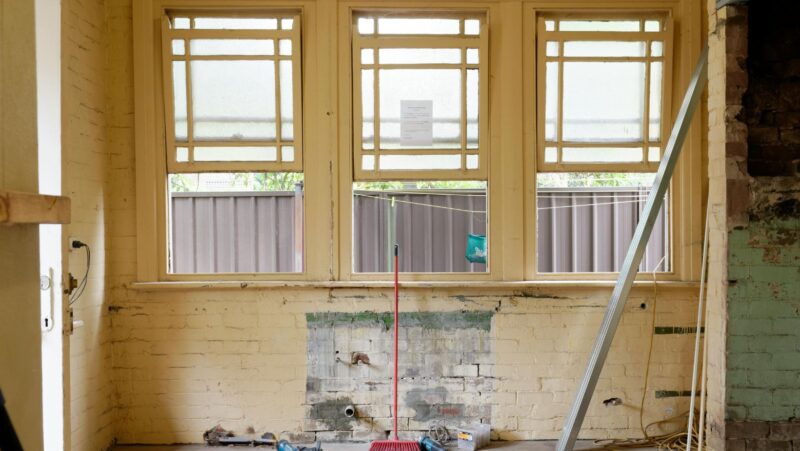In today’s digital environment, where technology plays a key role in both everyday life and professional activities, the problem of digital clutter has become extremely relеvant. Designers, who are one of the main users of digital tools, often face an excеssive amount of files, software, and other digital assets. Of course, this is not without consequences. Namely, in many cases, it leads to a decrease in productivity and loss of creative inspiration. As a result, it leads to stress. Managing digital clutter is an integral part of a designer’s effective work. First of all, an organized workspace helps people concentrate better. Secondly, it reduces the time spent searching for the necessary resources. Therefore, below, we will look at the main strategies and provide tips that can help designers organize their digital assets and minimize digital clutter.
Table of Contents
TogglePractical Tips for Designers to Manage Digital Clutter
The first place to start with the digital cleaning process is to organize your workspace. Whether you work on a computer, tablet, or smartphone, it іs important to have a clear system for storing and accessing files. Creating a structured folder system divided by project, file type, or date will make it much easier to find the information you need. So, take the following steps.
Initial file audit.
Conduct an initial analysis of all available files. Pay attention to those that may be duplicated, outdated, or unnecessary.
For large amounts of data, you can use special tools to analyze disk space. For example, WinDirStat (Windows) or DaisyDisk (Mac).
Create a basic folder structure.
These can be separate folders for clients, projects, or by date. It is important that this structure is logical and intuitive for you.
Use shortcuts and tags.
Optimize your desktop.
Check your desktop regularly and move files to the appropriate folders.
Organize your downloads and temporary files.
For convenience, you can set up browsers and other programs to automatically save files to folders you define that match the structure you’ve created.
Use digital tools for planning.
Use calendars and scheduling apps. For example, Google Calendar or Microsoft Outlook to organize your work.
The importance of organizing photo libraries
Equally important when discussing the topic of digital decluttering is the question of how to minimize it. That’s why, when discussing digital asset management, it’s worth paying attention to organizing photo libraries.

For example, the question of how to delete duplicate photos on an iPhone is often very relevant for designers. Especially those who work with a large number of images. So, for many of them, the help of professionals will not hurt, which can be obtained by going to the link, where you can get acquainted with the process of deleting duplicates, which will not only free up space on the device but also make it easier to find the necessary photos and images. It is also helpful to know how to use special programs or built-in functions to automatically detect and delete duplicate files.
Strategies for File Organizing
Effective naming conventions
Use standardized file names.
This includes key information such as date, project name, and file type.
For example, a file with a logo design might look like this: 2024-05-27_ProjectName_LogoDesign_v1.png. Use clear and easy-to-understand names that allow you to quickly identіfy the content without having to open it.
Use underscores or hyphens to separate words in file names.
This helps to avoid spaces and reduces the likelihood of errors.
For example, instead of the name Final Report June 2024.docx, use Final-Report-June-2024.docx.
Using versioning.
Add version numbers to file names to avoid confusion with different versions of the same document.

Follow the same file naming format across all your projects. This will create a sense of order and reduce the time it takes to find the right files.
Structuring folders
- Create separate folders for each project or client.
- Use subfolders for different types of files. For example, “Final versions,” “Source files,” “References,” etc.
Regular maintenance
- Systematically analyze and delete outdated files. This is how the digital clean-up process will work.
- Back up important data to prevent loss.
Organization of Digital Assets
Minimize the number of files of the same type.
- Delete duplicate files or similar images.
- Use special programs to detect and remove duplicates, which greatly simplifies the process.
Organize your resources
- Use libraries for storage. This will make it easy to find graphic elements, fonts, and other resources and use them in projects.
- Update these libraries regularly to avoid accumulating outdated or unnecessary resources.
Software Management
Use specialized tools
- Use cloud services to store and synchronize files. For example, Google Drive or Dropbox. This will allow you to easily access them from different devices.
- Use project management software. For example, Trello or Asana. They will help you keep everything under control.
Optimize the use of programs.
- Use only the apps you need and delete the ones you don’t.
- Update your software regularly to ensure its stable operation and security.
The Importance of Regular Maintenance
It can be considered one of the key aspects of digital clutter management. This includes not only periodically deleting unnecessary files. Systematic maintenance is:
- software updates,
- scanning for viruses,
- backing up important data.
By following these simple rules, designers can significantly increase their productivity and reduce the level of stress associated with possible technical problems.
Tools for Digital Space Organization
Tools for project management
Use apps to manage tasks and projects. For example, Notion or Monday.com. It will help you keep everything under control and organize your workflow.
Tools for organizing files
- Use programs to find and remove duplicates. It can be Gemini or Duplicate Cleaner.
- Use file managers that allow you to conveniently view and organize your files. For example, Finder on Mac or Total Commander.
Cloud services
Using cloud-bаsed file storage and sharing services, such as OneDrive or Box, will provide access to files from any device and prevent them from being lost.
Opinion.
Managing digital clutter is a necessity in the work of a designer if they want to be effective. An organized digital space will not only increase productivity but also contribute to better concentration on creativity. Therefore, by following the tips on file organization, software management, and digital asset management, designers can create optimal conditions for their work. Using specialized tools and regular maintenance will also help to keep the digital environment in order. As a result, thanks to effective digital clutter management, professional success will be more likely to be achieved in a short time, which will bring incredible job satisfaction.





